| |
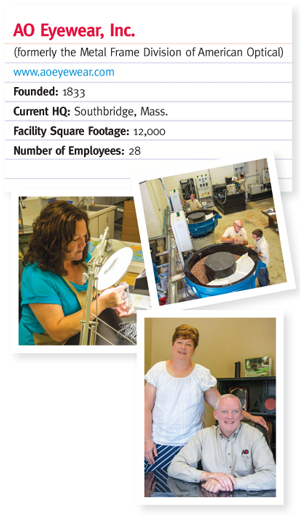 |
| |
(Clockwise from top left) An AO employee does a final inspection, the frame and component cleaning area and Mary and Alan McKinley, owners. |
| |
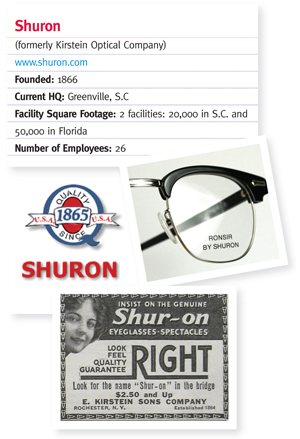 |
| |
(Clockwise from top left) The current Shuron logo, the classic Ronsir frame from Shuron, a vintage ad. |
| |
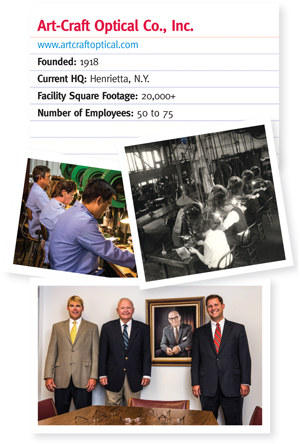 |
| |
(Clockwise from top left) Art-Craft factory workers doing presswork
today, workers doing presswork in the first half of the 19th century,
three generations of Eagles. |
| |
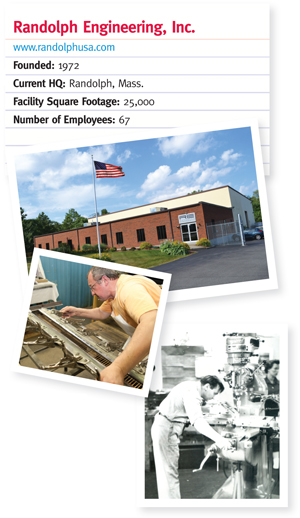 |
| |
The Randolph Engineering HQ, factory worker making frames today and co-founder, Jan Waszkiewicz in the 1950s. |
| |
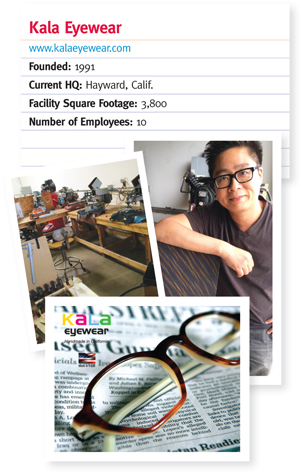 |
| |
(Clockwise from top left) The Kala Eyewear factory, Daniel Lau, the “Made in California” Opera frame from Kala. |
| |
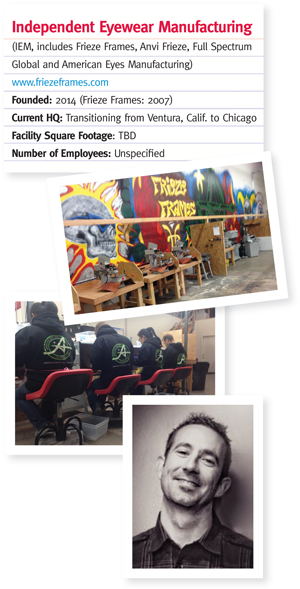 |
| |
(Top to bottom) Frieze Frames Ventura, Calif. factory and workers. Marc Franchi, right. |